HEINZ KOHUT (191381) received his medical degree from the University of Vienna and trained in neurology and psychiatry at the University of Chicago, where he was professorial lecturer in psychiatry at the time of his death in 1981. He graduated from the Institute for Psychoanalysis in Chicago and served there as a faculty member and training analyst.
Dr. Kohut was president of the American Psychoanalytic Association (196465), vice president of the International Psychoanalytic Association (196573), vice president of the Sigmund Freud Archives (197181), and a member of the Austrian Academy of Science. He received the Cross of Honor from the Austrian government and an honorary doctorate of science from the University of Cincinnati. His publications include The Analysis of the Self; The Restoration of the Self; four volumes of Selected Writings; How Does Analysis Cure?; and The Curve of Life, a compilation of his correspondencethe latter two in print from the University of Chicago Press.
THE ANALYSIS OF THE SELF
A Systematic Approach to the Psychoanalytic Treatment of Narcissistic Personality Disorders
By
Heinz Kohut, M.D.
THE UNIVERSITY OF CHICAGO PRESS
Chicago & London
The University of Chicago Press, Chicago 60637
The University of Chicago Press, Ltd., London
Copyright 1971 by Thomas A. Kohut
All rights reserved. Originally published 1971 in The Monograph Series of the Psychoanalytic Study of the Child
University of Chicago Press edition 2009
Printed in the United States of America
18 17 16 15 14 13 12 11 3 4 5
ISBN-13: 978-0-226-45012-4 (paper)
ISBN-10: 0-226-45012-0 (paper)
ISBN-13: 978-0-226-45014-8 (e-book)
Library of Congress Cataloging-in-Publication Data
Kohut, Heinz.
The analysis of the self : a systematic approach to the psychoanalytic treatment of narcissistic personality disorders / by Heinz Kohut.
p. cm.
ISBN-13: 978-0-226-45012-4 (alk. paper)
ISBN-10: 0-226-45012-0 (alk. paper)
1. Transference (Psychology) 2. Narcissism. 3. Personality disorders. I. Title.
RC506.K64 2009
616.8917dc22
2009013137
 The paper used in this publication meets the minimum requirements of the American National Standard for Information SciencesPermanence of Paper for Printed Library Materials, ANSI Z39.48-1992.
The paper used in this publication meets the minimum requirements of the American National Standard for Information SciencesPermanence of Paper for Printed Library Materials, ANSI Z39.48-1992.
For B. and G.
CONTENTS
ACKNOWLEDGMENTS
The psychoanalyst who presents what he hopes to be valid depth-psychological insights must first acknowledge his gratitude to his patients of whose cooperation and increasing self-understanding he is the beneficiary. And secondly he is beholden to his students whose discussions and questions are an invaluable stimulation for a teacher who begins to share his new ideas and discoveries with the younger generation of colleagues. For different though in each case obvious reasons the thanks expressed to these two groups of helpers must be general and the recipients of the gratitude must remain anonymous.
There are others to whom my gratitude can be expressed directly. I owe special thanks to Anna Freud, who read an early version of this study. Her questions stimulated me in many important directions. I am especially grateful to Dr. Marianne Kris for the unfailing support she gave me in pursuing my investigations. I am also grateful to a group of colleagues who gave me their reactions to subsequent versions of the manuscript: Drs. Michael F. Basch, Ruth S. Eissler, John E. Gedo, Arnold Goldberg, George H. Klumpner, Paul H. Ornstein, Paul H. Tolpin, Janice Norton. Dr. Charles Kligerman, moreover, helped me decisively in formulating the title of this book.
I gratefully acknowledge the help of colleagues who consuited with me and candidates whom I supervised. The case material which became thus available to me allowed me to broaden the empirical basis of my presentation. In this respect I owe thanks to Drs. David Marcus, Jan ice Norton, Anna Ornstein, Paul H. Ornstein.
I want to thank the Editors of the journal of the American Psychoanalytic Association, the International journal of Psycho-Analysis, and The Psychoanalytic Study of the Child for permission to use material that first appeared in their publications.
Financial help supporting the preparation of the final manuscript, conscientiously typed by Regina Lieb and Lillian Bigler, came from (a) the Charlotte Rosenbaum Fund through the Student Mental Health Clinic and the Department of Psychiatry of the University of Chicago and (b) the Research Fund of the Chicago Institute for Psychoanalysis.
Finally, I wish to thank Lottie M. Newman for her help with the preparation of the manuscript for publication. Her perceptive advice regarding improvements in form and substance was always in the service of finding the best way of communicating my ideas as clearly as possible. Our cooperation was a most gratifying experience for me.
PREFACE
The subject matter of narcissism, that is, of the cathexis of the self (Hartmann), is a very broad and important one since it can be said with justification that it refers to half of the contents of the human mindthe other half being, of course, the objects. To make a comprehensive presentation of the problems of narcissism would, therefore, be an undertaking of vast proportions which might well surpass the knowledge and skill of any single contributor.
More important even than the magnitude of the task, however, is the fact that a comprehensive presentation presupposes a field that is more or less settled, or the investigation of which seems at least to have reached a plateau. A textbook approach, in other words, is peculiarly fitted to that point in time when a series of significant advances have been made in a specific field and these now require a more detached assessment and integration in the form of a survey which attempts to round out the newly acquired knowledge and to present it in a balanced form. These are not the conditions that prevail with regard to the subject matter of narcissism at the present time.
A deceptively simple but pioneering and decisive advance in psychoanalytic metapsychology, the conceptual separation of the self from the ego (Hartmann); the interest in the acquisition and maintenance of an identity as well as in the dangers to which this (pre)conscious mental content is exposed (Erikson); the gradual crystallization of a separate psychobiological existence out of the matrix of the union of mother and child (Mahler); and some detailed, psychoanalytically formulated important clinico-theoretical (Jacobson) and clinical (A. Reich) contributions of recent yearsall this work testifies to the increasing interest of psychoanalysts in a subject matter which had tended to be pushed into the background by the vast material contributed to the investigation of the world of objects, i.e., to the developmental and dynamic vicissitudes of the imagoes, orexpressed more in congruence with a central position of the egos cognitive processes rather than that of the drives within the context of the idof the representations of objects.
One of the difficulties encountered as one approaches the theoretical problems of narcissisma difficulty which has become greater by now than the formerly widespread confusion between self cathexis and cathexis of ego functionsis the frequently made assumption that the existence of object relations excludes narcissism. On the contrary, as will be emphasized in the following pages, some of the most intense narcissistic experiences relate to objects; objects, that is, which are either used in the service of the self and of the maintenance of its instinctual investment, or objects which are themselves experienced as part of the self. I shall refer to the latter as
Next page


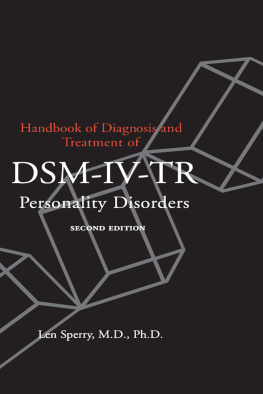
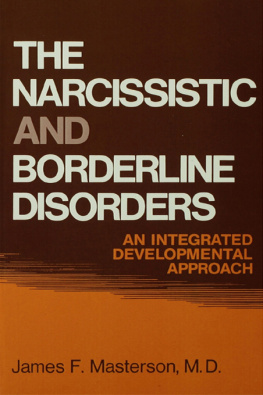
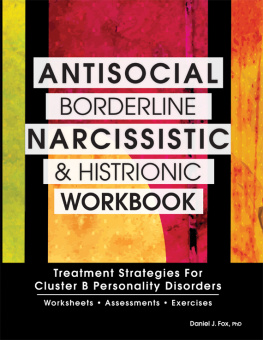
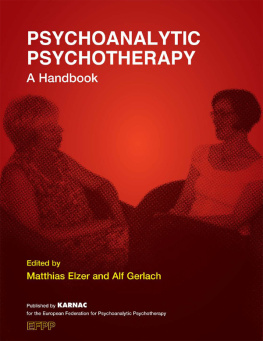
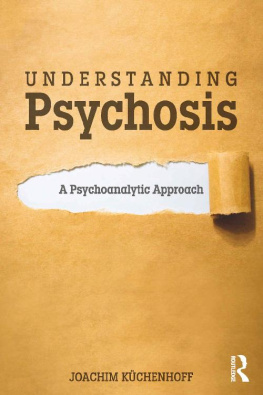
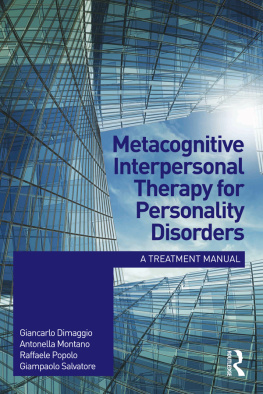
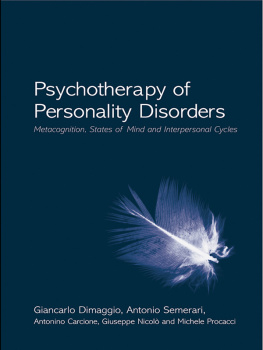
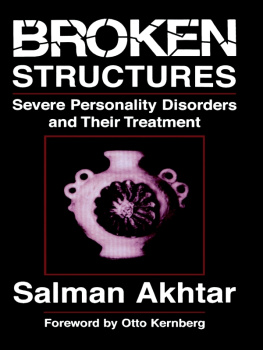

 The paper used in this publication meets the minimum requirements of the American National Standard for Information SciencesPermanence of Paper for Printed Library Materials, ANSI Z39.48-1992.
The paper used in this publication meets the minimum requirements of the American National Standard for Information SciencesPermanence of Paper for Printed Library Materials, ANSI Z39.48-1992.